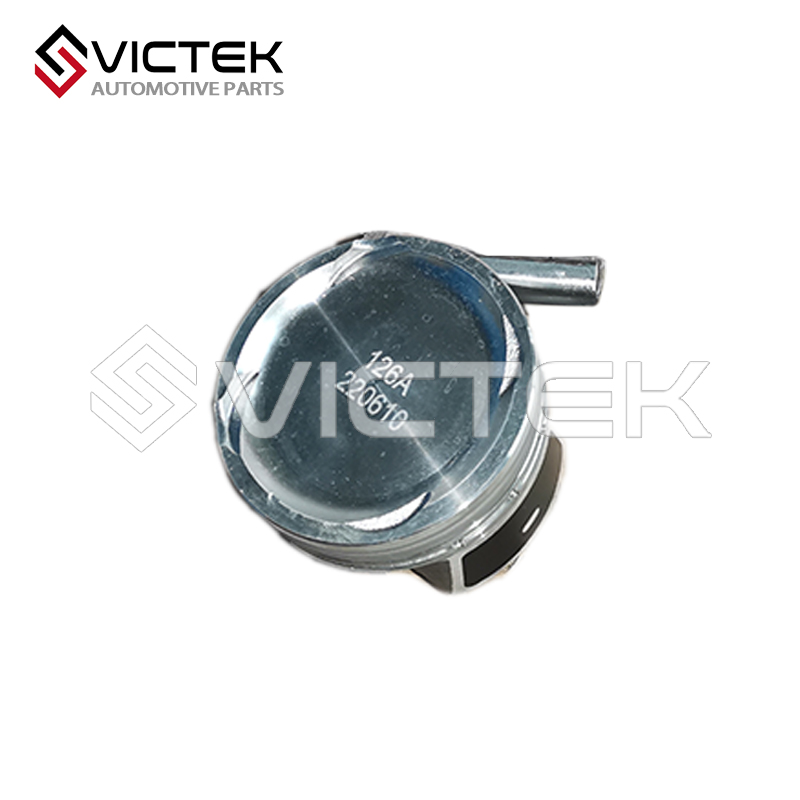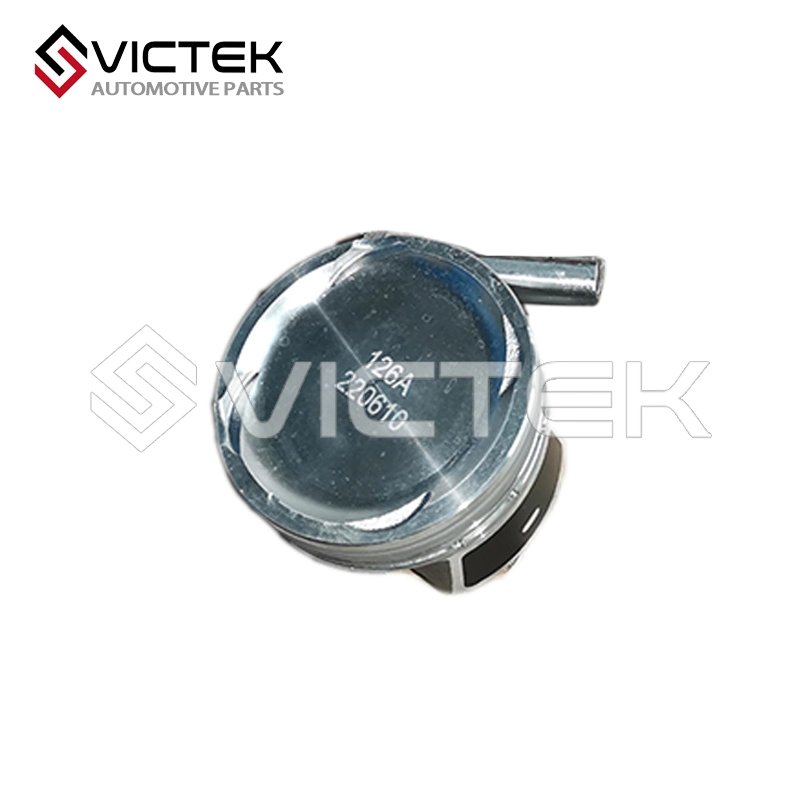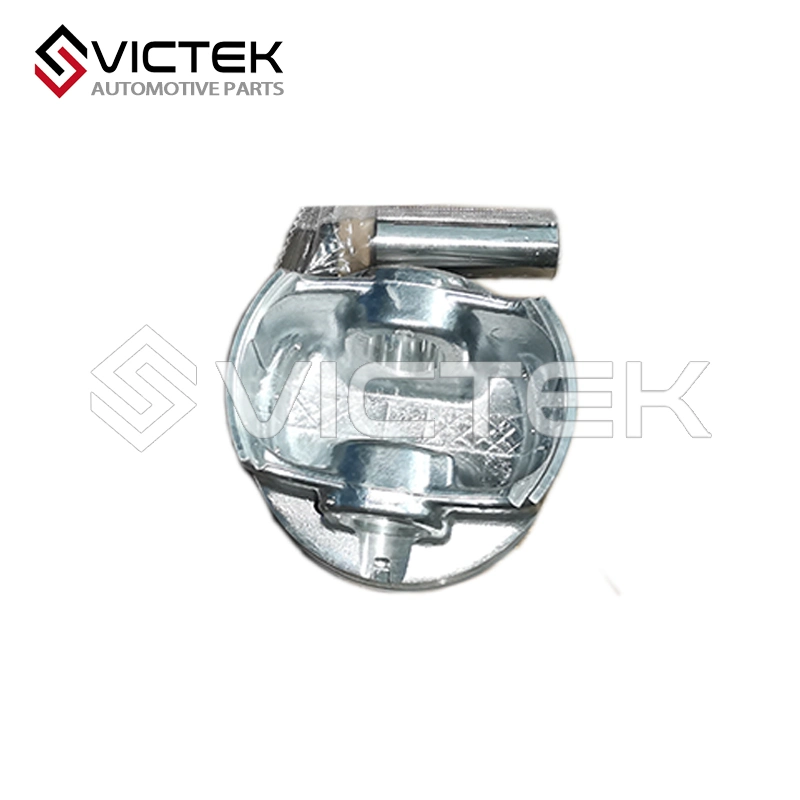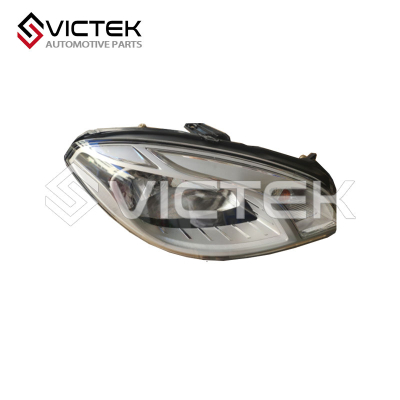Product Introduction: Piston
The piston is a vital engine component designed to convert combustion pressure into mechanical force, driving the engine’s power output. Manufactured with precision engineering, our pistons are specifically tailored for a variety of Chinese vehicle models, ensuring optimal fit and performance.
Crafted from high-strength aluminum alloy or other durable materials, each piston offers excellent heat resistance, lightweight construction, and superior wear resistance. These features contribute to improved engine efficiency, reduced friction, and enhanced fuel economy. Every piston undergoes rigorous quality control and dimensional inspection to guarantee precise tolerances and reliable operation under extreme conditions.
![1004001F0000 1004001F0000]()
Here’s the lowdown on its key design bits—they’re all built to handle the engine’s tough conditions:
Piston Top Shape: It has a slightly indented top—no flat top here. The size of that indent is calculated super precisely to match the
cylinder head’s combustion chamber. This helps the fuel-air mix move better and burn faster, so there’s no spot that gets too hot. That’s a big deal for turbocharged engines, since they’re prone to overheating anyway.
Ring Grooves: There are 3 grooves total—2 upper ones for gas rings, and 1 lower one for the oil ring.
The top two gas ring grooves are coated with molybdenum disulfide (that’s MoS₂ for short)—it’s a super slippery coating that cuts down on friction between the piston ring and the groove. It also holds up well against wear from hot gas.
The bottom oil ring groove has a “scraper edge” design. When the piston moves up and down, the oil ring scrapes extra oil off the cylinder wall. That stops oil from getting into the combustion chamber—so no “oil burning” issues, and way less gunk (carbon deposits) building up.
Piston Skirt: The lower part of the piston (the “skirt”) that touches the cylinder wall has a “barrel-shaped” cross-section—meaning it’s a little curved. This makes the contact area with the cylinder wall smaller (so less friction) but still keeps the piston stable—no wobbling when it’s moving back and forth. They also coat the skirt with graphite to make it even more slippery.
Internal Cooling: Inside the piston, there’s a circular hollow channel called an internal cooling oil passage. When the engine runs, the
oil pump sprays engine oil into this channel. That cools down the piston top (which takes the brunt of the heat) from the inside—so it doesn’t warp or crack from getting too hot.
This piston is the “star worker” for the engine’s power cycle—you know, the intake, compression, power, and exhaust steps. Without it, the engine can’t make any power at all. Here’s the breakdown:
Takes Combustion Pressure & Sends Power Where It Needs to GoDuring the engine’s “power stroke”—that’s when the fuel-air mix in the combustion chamber ignites and explodes—it creates huge pressure (up to 15MPa) that shoves the piston down. Then the piston sends that straight-line force to the
crankshaft via the
connecting rod, which makes the crankshaft spin. Eventually, that spin gets to the transmission and then the wheels to move the car. For the SFG15T engine, this is exactly how it hits that 270N·m max torque.
Seals the Cylinder & Keeps the Compression RightThe two gas rings on the piston fit tight against the cylinder wall. They block the hot, high-pressure gas in the combustion chamber from leaking into the crankcase—that’s what mechanics call “blow-by gas.” If the piston or rings wear out, gas leaks out, and the cylinder’s compression ratio drops. That means slower acceleration, more fuel use, and sometimes even trouble starting the engine.
![1004001F0000 1004001F0000]()
Use good-quality fuel—92 octane or higher, just like the SFG15T engine requires. This stops the fuel from burning incompletely and keeps too much carbon gunk from piling up on the piston.
Change your engine oil and oil filter on schedule—check your car’s manual, it usually says to do this every 5,000 to 7,000 kilometers. This makes sure the piston (and other parts) get enough lubrication and stays cool.
Don’t do frequent “cold starts”—let the engine warm up to 80°C before you drive off. This keeps the piston from getting hit with sudden temperature changes (that’s what mechanics call “thermal shock”), which can damage it over time.
![1004001F0000 1004001F0000]()
Contact us
![1004001F0000 1004001F0000]()































